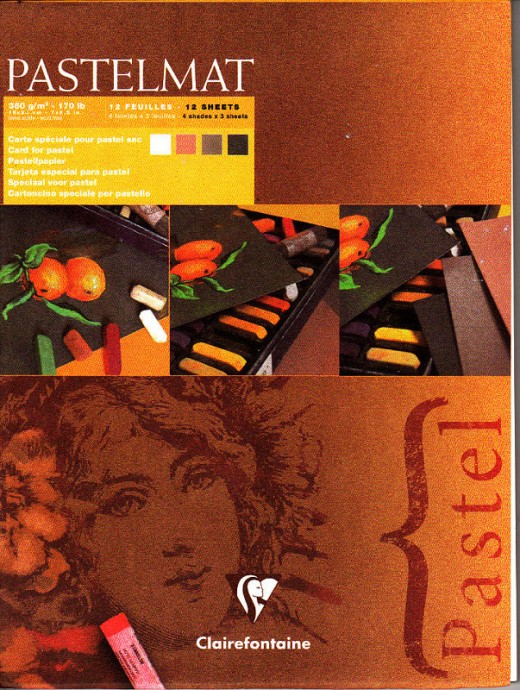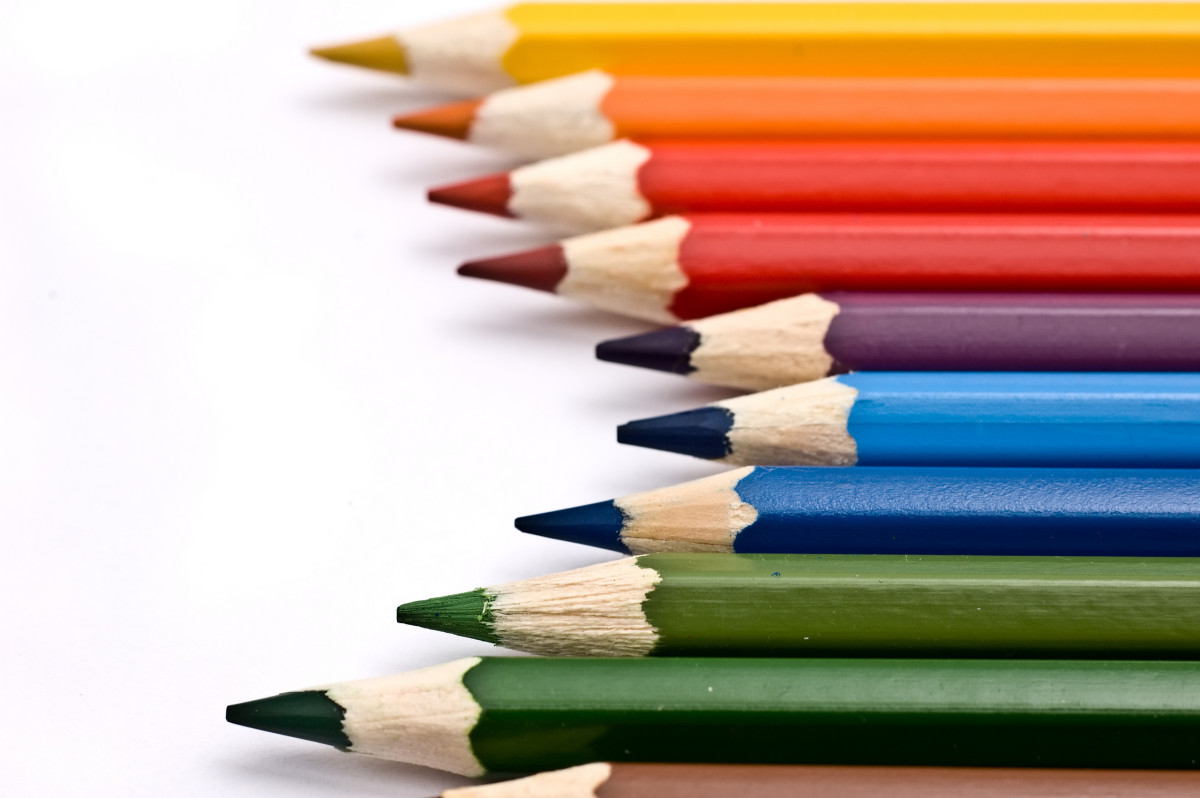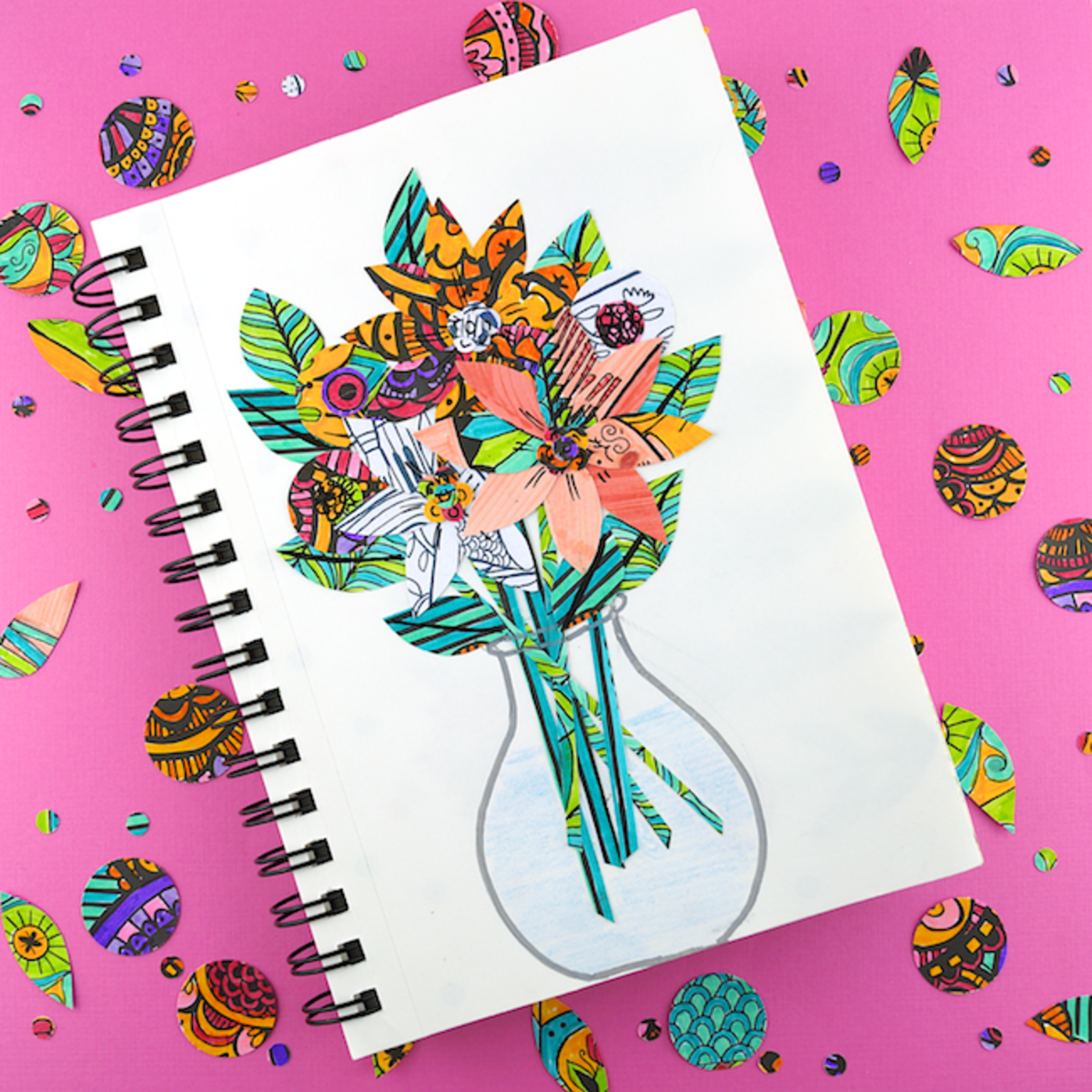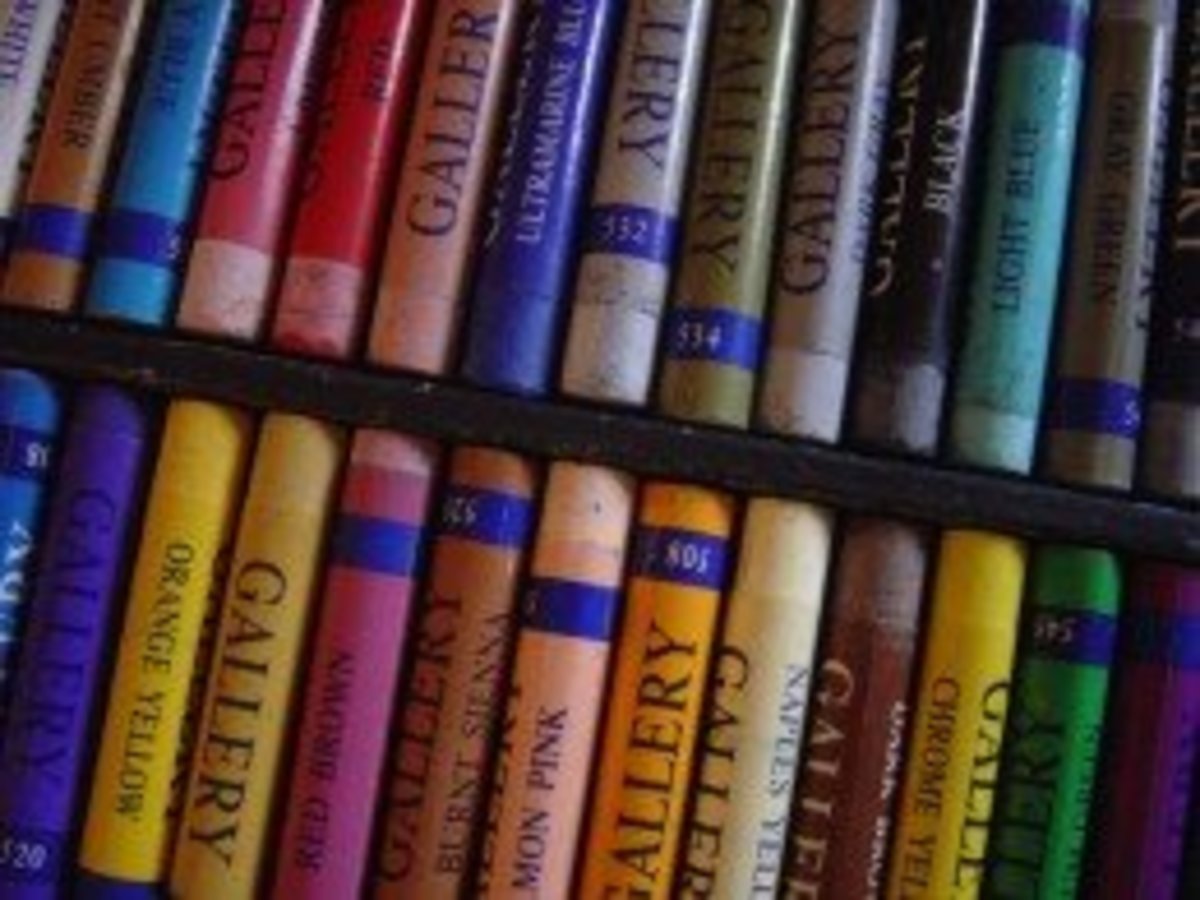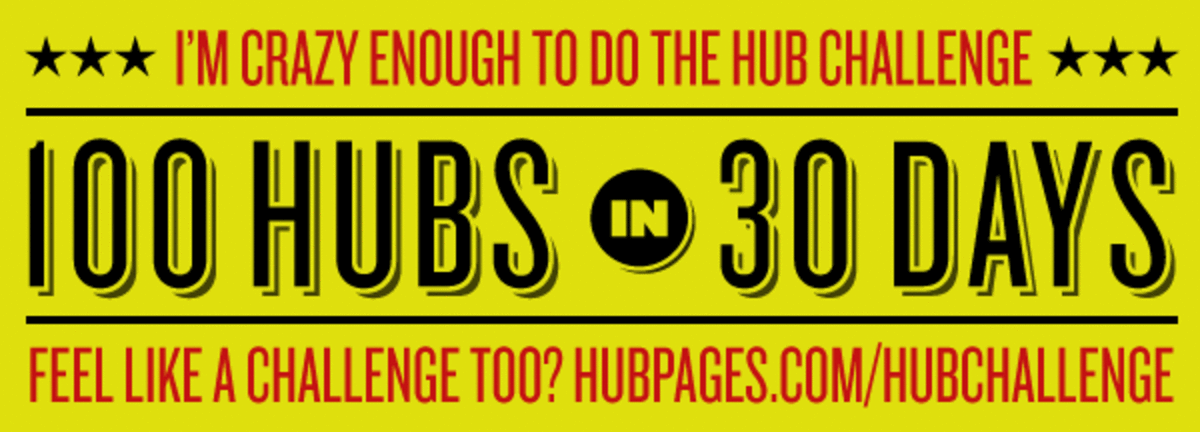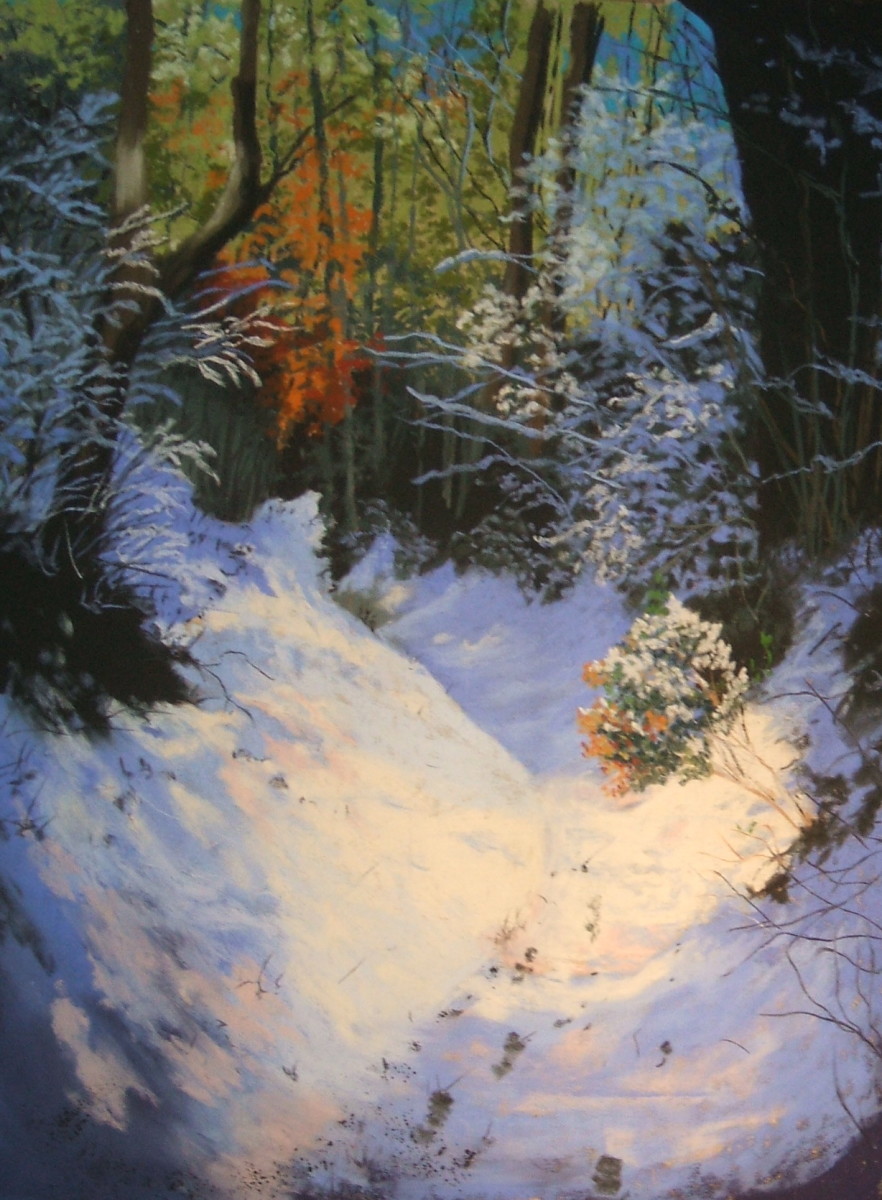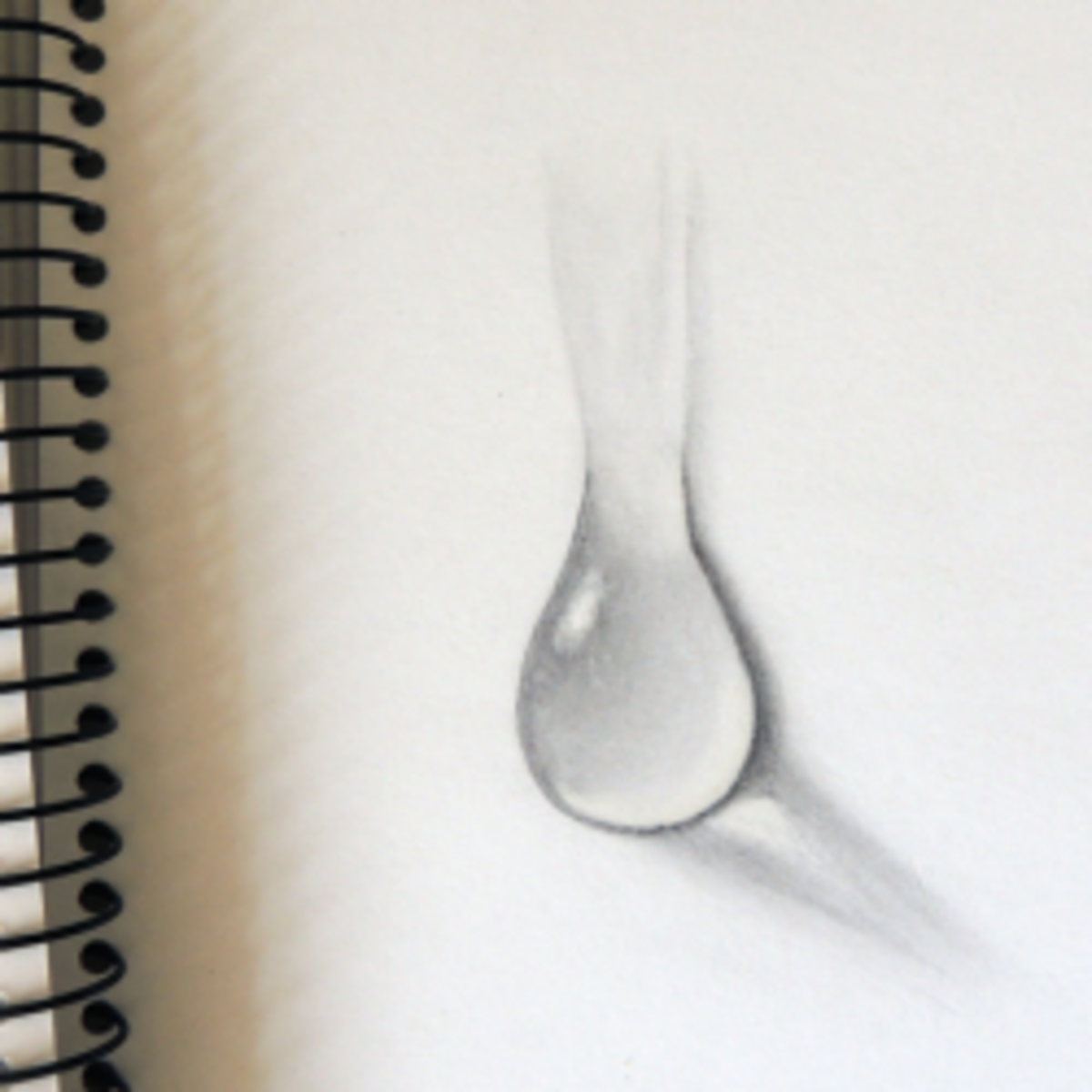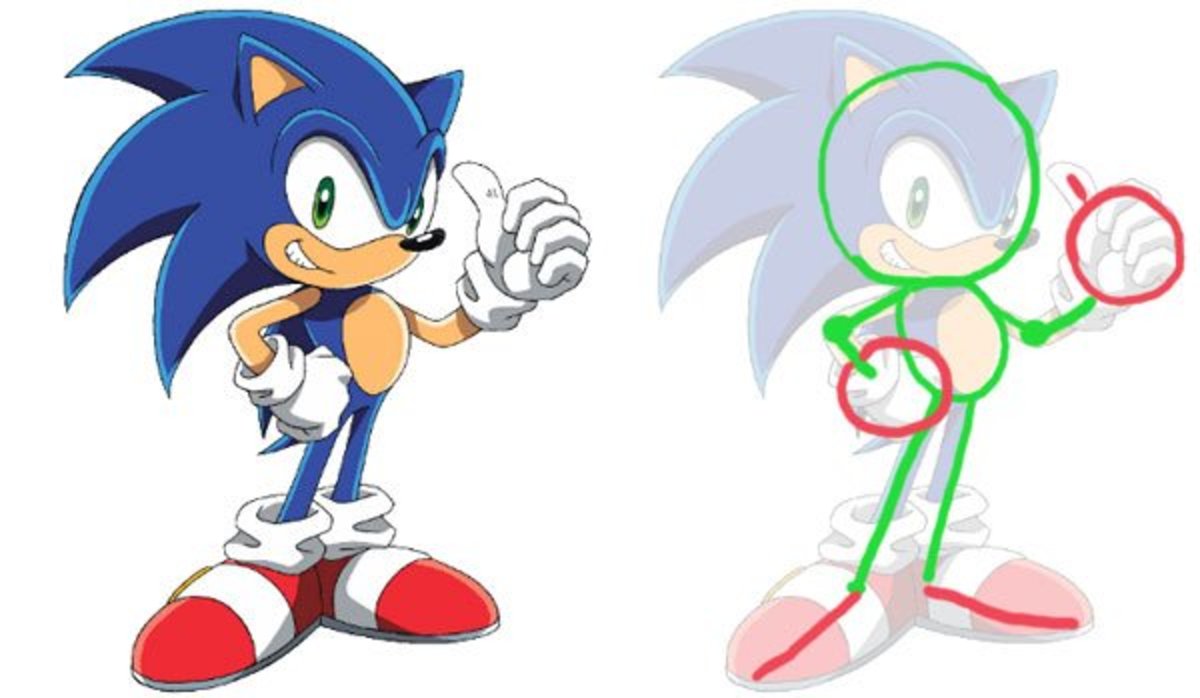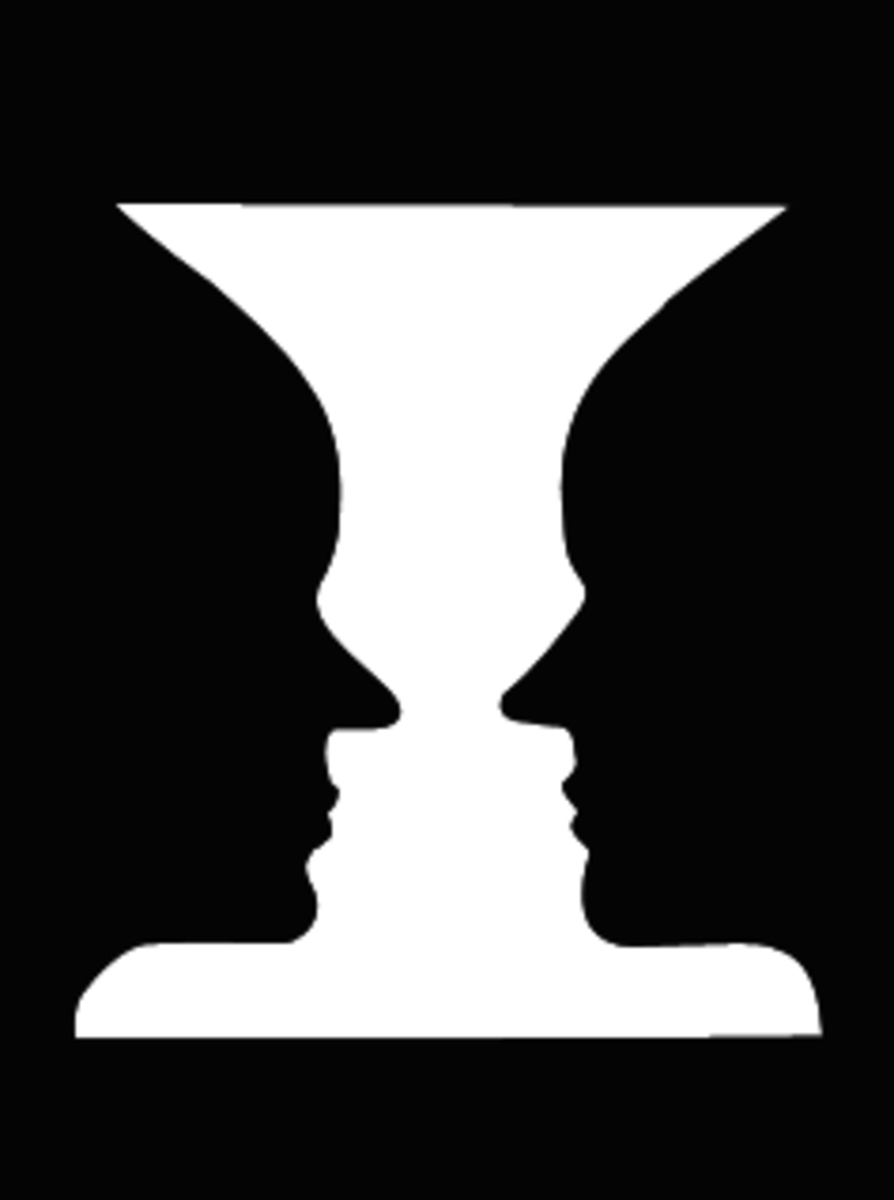Product Review: PastelMat -- Fine New Art Surface!
Eight color sample of PastelMat
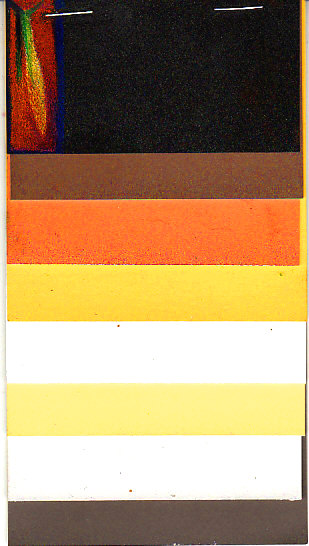
#13 of 30 in my HubChallenge

Pastel Surfaces and Sanded Pastel Surfaces
Decades ago starting in 1990, I began using pastels on tinted grounds. My paper of choice for all of my street art years was Canson Mi-Tientes, a heavy colored artist paper with a woven texture side and a smooth side. I always preferred the smooth side. It's similar to Fabriano Tiziano and several other uncoated pastel papers.
Using a tinted ground gives a lot more possibilities to a pastelist in either oil pastels or soft pastels. You can use a complement of the main colors of your painting to give it some zing or enrich your painting by using a similar color to intensify your colors. Working on a dark surface gives dramatic light and dark effects while using a middle value makes it easier to control values in general. Many times artists will use the surface color as part of the painting, working loosely and letting it show.
Then I discovered sanded pastel papers. Art Spectrum Colourfix rapidly became my favorite. It has a strong grit that allows many layers of pastel or oil pastel and it comes in 20 colors as paper or as primers you can paint onto watercolor paper. Clear Art Spectrum Colourfix primer allows me to use damaged or flawed watercolors as good sanded pastel paper, so that became my workhorse for the wonderful effects of a coated surface.
Sennelier La Carte has a gritty surface created by vegetable flakes in a binder -- it comes in a wide variety of good colors too, but has the problem that it's very moisture sensitive. Sneeze too near your painting or splash a drop of coffee and you'll have bald patches that can't be repaired.
I've tried La Carte on a small sample but because of that moisture problem haven't really invested in it -- the slightest accident and my expensive paper could be ruined. My hands tend to sweat if it's hot and there goes the painting if it's on La Carte. I would have to take to wearing gloves to use it.
Kitty Wallis created Wallis Professional and Museum sanded pastel paper. The difference between Professional grade which comes in white or Belgian Mist (a soft gray) and Museum, which only comes in white, is that the Museum has the ground laid on 100% rag archival watercolor paper and the Professional is on part-rag, part cellulose paper. Professional is still good artist quality but Wallis Museum stands up better to rinsing and reusing. Many professional artists will reuse a piece of Wallis Museum seven or eight times before creating a painting that meets their exacting standards.
Wallis paper has strong coarse grit. You can't finger blend on it at all without sanding off your fingernails and adding that fine gothic touch of a little blood into the color. If you like finger blending, then Wallis paper will make you suffer for your art. It eats through pastel sticks like a hungry toddler and it will take as many layers of pastels as any artist can throw at it. Wallis has its own special place in my lineup, because it will take more layers than Colourfix and it has that grabby tooth that would let me keep working and working even with the softest pastels.
All of these artist grade products are excellent. I haven't tried Uart, which comes in four different grits from 200 to 800 but I am sure that I will someday since that gives a variety of grits for when I'm doing large loose paintings or detailed realism. The finer the grit, the easier it is to work small and create small details -- and still layer colors over each other to get a richer, shimmering effect.
Ampersand Pastelbord has a very fine grit surface. Its special grit-gesso is painted onto heavy 1/8" Masonite boards and so it's very sturdy. It's also heavy and may take some care in framing especially if you use larger sizes. It comes in a wide variety of sizes and four colors but it would be hard to cut to size for custom sizes unless you have a saw in your workshop. Even then the edges might get a little damaged, it'd be good to allow for a matting edge if you saw up your Pastelbord to custom sizes.
Out of all of these, I like the Wallis best for some things and Colourfix most of all. I bought packs of sheets and then started investing in primers in different colors, discovering that I colud make good Colourfix on any good watercolor papers I have around. It's still my favorite when I want to do coarser work and I have managed with some difficulty to do small pieces like ACEO or ATC cards -- 2 1/2" x 3 1/2" paintings for sale or trade. They will be loose but I can render a simple subject on Colourfix
Velour paper or board is a specialty surface good for doing animals and anything where you don't mind having some softened edges. It can be gorgeous for doing fur and feather effects, but it's not easy to work small on it at all. It will demand a bolder approach and larger painting to get its full effects and it's the worst specialty surface for doing small details. I like velour especially for doing very large paintings of big cats, after some experiments with smaller pieces I don't plan on using it for anything under 9" x 12" size.
So I now have a nice variety of different surfaces for pastel painting, oil pastels and colored pencils -- colored pencils on Canson mi-Tientes can be a lot of fun although other papers like Stonehenge make them really shine. On Colourfix, it's hard to get the level of detail I'm used to with them although it is possible to layer them.
Ampersand Pastelbord would be good for colored pencils and the fact that the art surface is less delicate than either soft pastels or oil pastels means I would have less trouble storing or framing colored pencil paintings on Pastelbord. Still, I'm limited to precut sizes with Pastelbord and can't mat anything with it without trouble fastening the mat to the board -- unless I use a board the size of the frame and leave a lot of it covered by the mat. That could be expensive, having to buy frame-sized pieces in order to do smaller art.
Then I received a sample of PastelMat from Bernadette Ward at Colorfin LLC. They will be distributing it in the USA although I couldn't find it on either the PanPastels site or the Sofft Art tools site. Dakota Pastels carries it and has it on sale now in three sizes of pads with four colors each in an A assortment and B assortment or full 20" x 28" sheets.
The "A" assortment pad in 7" x 9", 9" x 12" or 12" x 16" has Anthracite, Brown, Sienna and White. I have a 7" x 9" "A" pad as a sample. The "B" pads have Sand, Maize (the lighter yellow), Dark Grey and Light Grey. I've adjusted the colors on my scan to show them as close as possible on screen to how they look in my hand. They are rich and beautiful, some of the best colors I've ever used as tinted grounds for any of these dry mediums.
At first I didn't even realize it had a grit. The paper feels like it has a smooth vellum surface. I tested the grit with Koh-I-Noor Progresso colored pencils to see how well it stood up to layering colored pencils since it reminded me of the PastelBord surface -- except it's one step finer. Colored pencils realism often depends on multiple layers to get the true richness possible with Prismacolors and other artist grade pencils. A surface that could take layering the way Stonehenge does or even more would be wonderful, though I'll always still like the soft Stonehenge as well.
I got about seven or eight layers in doing my little shaded tests and it holds color beautifully. I could use very heavy applications and still add more. Colored pencils on PastelMat work as well as they do on Stonehenge. White is probably best for certain heavily layered styles, but the light colors would also do well for them.
A fine grit surface is going to be great for pastel pencils too. Often in pastel realism, strong grits like Wallis or Colourfix will break up small details. With its nearly vellum texture, I could get as tiny as I wanted with a detail -- and still build up multiple scumbled layers of color in broad areas to combine those effects.
PastelMat has been available in Europe for some time and has just been introduced to the USA. One of its best uses is with Pan Pastels. These unusual painting pastels are softer than even the softest pastel sticks. They come in plastic jars, you pick up the color with special micropore Sofft sponges or sponge-covered painting knives and shapers, then apply it in transparent veils of color or bold painterly strokes.
The very fine grit in the PastelMat coating is powdered cork in an adhesive. This is unique to PastelMat, other coated surfaces use pumice, sand, acrylic bits and other grits to create their effects. One result is that elegant soft surface that takes colored pencils so well. I would seriously recommend white PastelMat for anyone using the Masterful Color techniques by Arlene Steinberg in colored pencils or the Colored Pencil Painting Bible techniques from Alyona Nickelsen. It has its own feel. Maybe the softness of the cork is what fooled me that it wasn't even coated -- but it acts coated when it's time to do layer on layer on layer!
Pan Pastels do not need any fixative if painted on PastelMat.
So if you have health problems with the propellants in fixative, or especially if you need to switch from soft pastels to Pan Pastels because of dust, PastelMat can help you avoid one toxic studio hazard altogether. Pans leave little or no dust compared to other forms of pastel and PastelMat doesn't need fixing.
You may have noticed if you tried soft pastels that using fixative will darken your colors. Sometimes I've used this to advantage in order to deepen the darks and make colors look richer, other times it's annoying. One other thing it does is break up the visual effects of the tiny shimmering pigment particles that give pastels their velvety texture. Using PastelMat and not using fixative leaves those delicate structures untouched to shine and change with the angle of the light. Even non-iridescent colors can have some iridescence.
Anthracite is not black. It's a shimmering color close to charcoal but a bit more sparkly -- almost a metallic black rather than a matte black or gloss black. It's deep enough for the type of dramatic works that are easy to create on a black paper but it has a beautiful color all of its own. Sienna is a warm mid-tone reddish hue that's wonderful for quick black and white sketching or full color subjects. It would act as a good complement under green and blue predominant landscapes or enrich any warm hued portrait's skin tones.
This paper is going to become a staple for me as much as Art Spectrum Colourfix because it's so good for so many different mediums. It is expensive like other sanded or coated papers -- the 20" x 28" sheets are $9.90 at Dakota or $8.91 if you buy ten sheets of paper or pads. One pad counts as a piece for the ten-piece discount. Five sheets is the minimum for loose paper purchases.
It's currently on sale, the regular price is $16.99 -- hefty, but when you're getting something archival and top quality with unique surface capabilities, it can easily be worth it. Also the cost of framing, especially on larger pieces, will come down when you don't need to support a large PastelBord with the frame.
Dakota also carries a wide variety of other papers, so if you want to try this and don't want to invest in a lot of sheets you can mix the order with everything else they carry. Here's the link to the product description at Dakota Pastels: http://www.dakotapastels.com/pages/paper-pastelmat.aspx. Check out Pan Pastels there too, since they have them on sale till the end of September and a number of other good sale items. Now would be a good time to try the PastelMat before it goes up to its regular price.
I'm planning some serious realism on my little 7" x 9" pad, though I should probably test one of the white sheets to destuction drawing on it, rinsing it, reusing it to see how well it stands up to abuse compared to Wallis sanded paper.
Enjoy. If you love fine detail but need the layering that a coated surface gives you, PastelMat is right for soft pastels, oil pastels or colored pencils.
Scan of my 7" x 9" PastelMat pad
